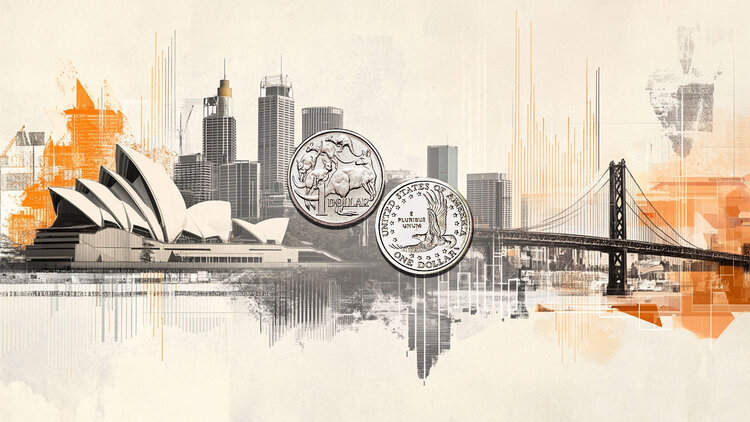- The NZD/USD depreciated as the US was directly involved in the dispute between Israel and Iran.
- The United States attacked Iran’s three nuclear facilities, including Fordow, Natanz and Isfahan.
- The New Zealand dollar is still under pressure while markets anticipate only a remaining rate cut for November.
The NZD/USD continues its loss streak per third consecutive session, quoting around 0.5900 during the European hours on Monday. The NZD/USD It loses ground in the midst of a weakened risk feeling, driven by the growing tension in the Middle East. The operators expect the data of the US Purchase Management Index (PMI) of Global S&P for June, scheduled for later in the day.
On Saturday, the US president, Donald Trump, announced that he had “annihilated” the three nuclear facilities of Iran, including Fordow, Natanz and Isfahan, in night attacks, in coordination with an Israeli assault. The Iranian Parliament approved a measure to close the Ormuz Strait. Iran has threatened to close the Strait in the past, but has never carried out the measure, according to Reuters.
The NZD/USD is depreciated as the US dollar (USD) maintains ground in a greater demand for safe refuge. The US dollar index (DXY), which measures the value of the green ticket in front of six main currencies, trades around 99,600 at the time of writing.
On Friday, The Governor of the Federal Reserve (Fed), Christopher Waller, said the US Central Bank could begin to cut interest rates as soon as next month, pointing out flexibility in the midst of global economic uncertainty and the increase in geopolitical risks.
Last week, the GDP New Zealand grew more than expected in the first quarter, marking the second consecutive trimester of expansion after two contraction quarters. This supports market expectations that there is only one more rate cut in the current relaxation cycle, which will probably be completely discounted for November. Attention will focus on the New Zealand economic indicators this week, including the trade balance and consumer confidence data, for more information about the country’s economic perspectives.
New Zealand Faqs dollar
The New Zealand dollar (NZD), also known as Kiwi, is a well -known currency among investors. Its value is largely determined by the health of the neozyous economy and the policy of the country’s central bank. However, there are some peculiarities that can also make the NZD move. The evolution of the Chinese economy tends to move Kiwi because China is the largest commercial partner in New Zealand. The bad news for the Chinese economy is probably translated into less neozyous exports to the country, which will affect the economy and, therefore, its currency. Another factor that moves the NZD is the prices of dairy products, since the dairy industry is the main export of New Zealand. The high prices of dairy products boost export income, contributing positively to the economy and, therefore, to the NZD.
The New Zealand Reserve Bank (RBNZ) aspires to reach and maintain an inflation rate between 1% and 3% in the medium term, with the aim of keeping it near the midpoint of 2%. To do this, the Bank sets an adequate level of interest rates. When inflation is too high, RBNZ rises interest rates to cool the economy, but the measure will also raise bond performance, increasing the attractiveness of investors to invest in the country and thus boosting the NZD. On the contrary, lower interest rates tend to weaken the NZD. The differential type of types, or how they are or is expected to be the types in New Zealand compared to those set by the Federal Reserve of the US, can also play a key role in the NZD/USD movement.
The publication of macroeconomic data in New Zealand is key to evaluating the status of the economy and can influence the valuation of the New Zealand dollar (NZD). A strong economy, based on high economic growth, low unemployment and high confidence is good for NZD. High economic growth attracts foreign investment and can encourage the New Zealand reserve bank to increase interest rates, if this economic strength is accompanied by high inflation. On the contrary, if the economic data is weak, the NZD is likely to depreciate.
The New Zealand dollar (NZD) tends to strengthen during periods of appetite for risk, or when investors perceive that the general market risks are low and are optimistic about growth. This usually translates into more favorable perspectives for raw materials and the so -called “raw material currencies”, such as Kiwi. On the contrary, the NZD tends to weaken in times of turbulence in markets or economic uncertainty, since investors tend to sell the most risky assets and flee the most stable shelters.
Source: Fx Street
I am Joshua Winder, a senior-level journalist and editor at World Stock Market. I specialize in covering news related to the stock market and economic trends. With more than 8 years of experience in this field, I have become an expert in financial reporting.







